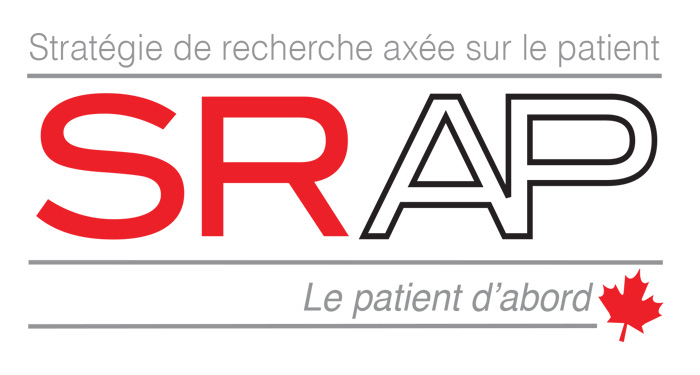Projet spécial (hors concours) financé par le Réseau-1 Québec en 2020-2021.
Responsables
- Mylaine Breton, Université de Sherbrooke
- Aude Motulsky, Université de Montréal
- Peter Nugus, Université McGill
RRAPPL impliqués
- RRAPPL Université de McGill
- RRAPPL Université de Montréal
- RRAPPL Université de Sherbrooke
- RRAPPL Université Laval
Résumé
Objective: This study documents the adoption of telehealth by various types of primary healthcare (PHC) providers working in teaching PHC clinics in Quebec during the COVID-19 pandemic. It also identifies the perceived advantages and disadvantages of telehealth.
Method: A cross-sectional study was conducted between May and August 2020. The e-survey was completed by 48/50 teaching primary care clinics representing 603/1,357 (44%) PHC providers.
Results: Telephone use increased the most, becoming the principal virtual modality of consultation, during the pandemic. Video consultations increased, with variations by type of PHC provider: between 2% and 16% reported using it « sometimes. » The main perceived advantages of telehealth were minimizing the patient’s need to travel, improved efficiency and reduction in infection transmission risk. The main disadvantages were the lack of physical exam and difficulties connecting with some patients.
Conclusion: The variation in telehealth adoption by type of PHC provider may inform strategies to maximize the potential of telehealth and help create guidelines for its use in more normal times.
Résultats
- Feuillet Portait de l’utilisation des téléconsultations en contexte de COVID-19 dans 48/50 GMFU au Québec (en anglais)
- Regragui, S. et al. Téléconsultations et pratique infirmière en contexte de pandémie : Une étude mixte, affiche présentée à la Journée annuelle du Réseau-1 Québec, 17 juin 2022 (vidéo explicatif >>)
- Breton, M. et al (2021) Telehealth in Primary Healthcare: A Portrait of its Rapid Implementation during the COVID-19 Pandemic Healthcare Policy 17(1): 73-90.
- L’impact de la COVID-19 sur les soins primaires : innovations en matière de recherche et des pratiques au Québec, webinaire du Réseau ISSPLI, 25 août 2021
- Webinaire Réseau-1 Québec présenté par Marie-Thérèse Lussier, Aude Motulsky et Mylaine Arsenault, Optimiser la téléconsultation en GMF-U: comment s’y prendre ? (10 décembre 2021)







